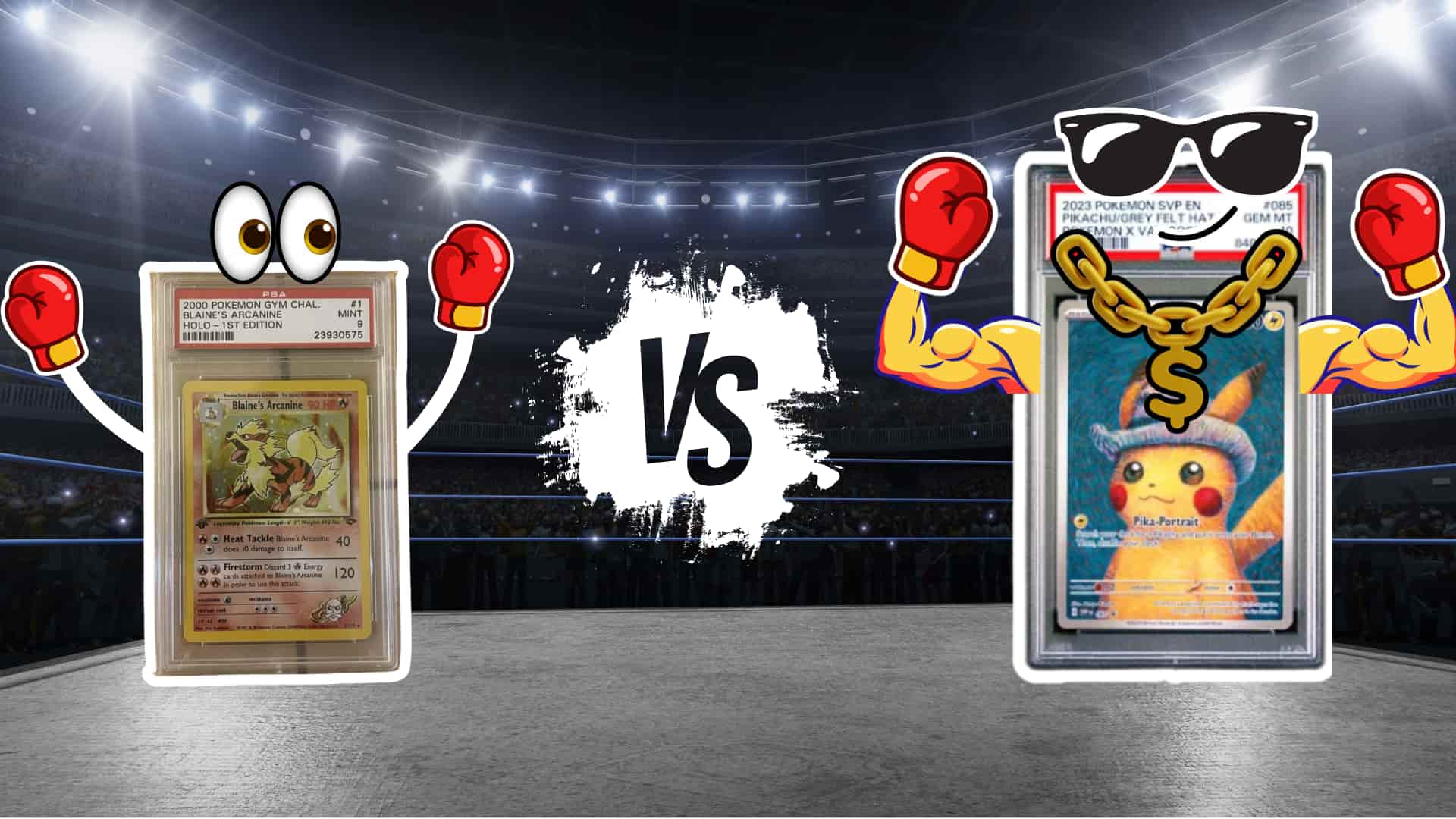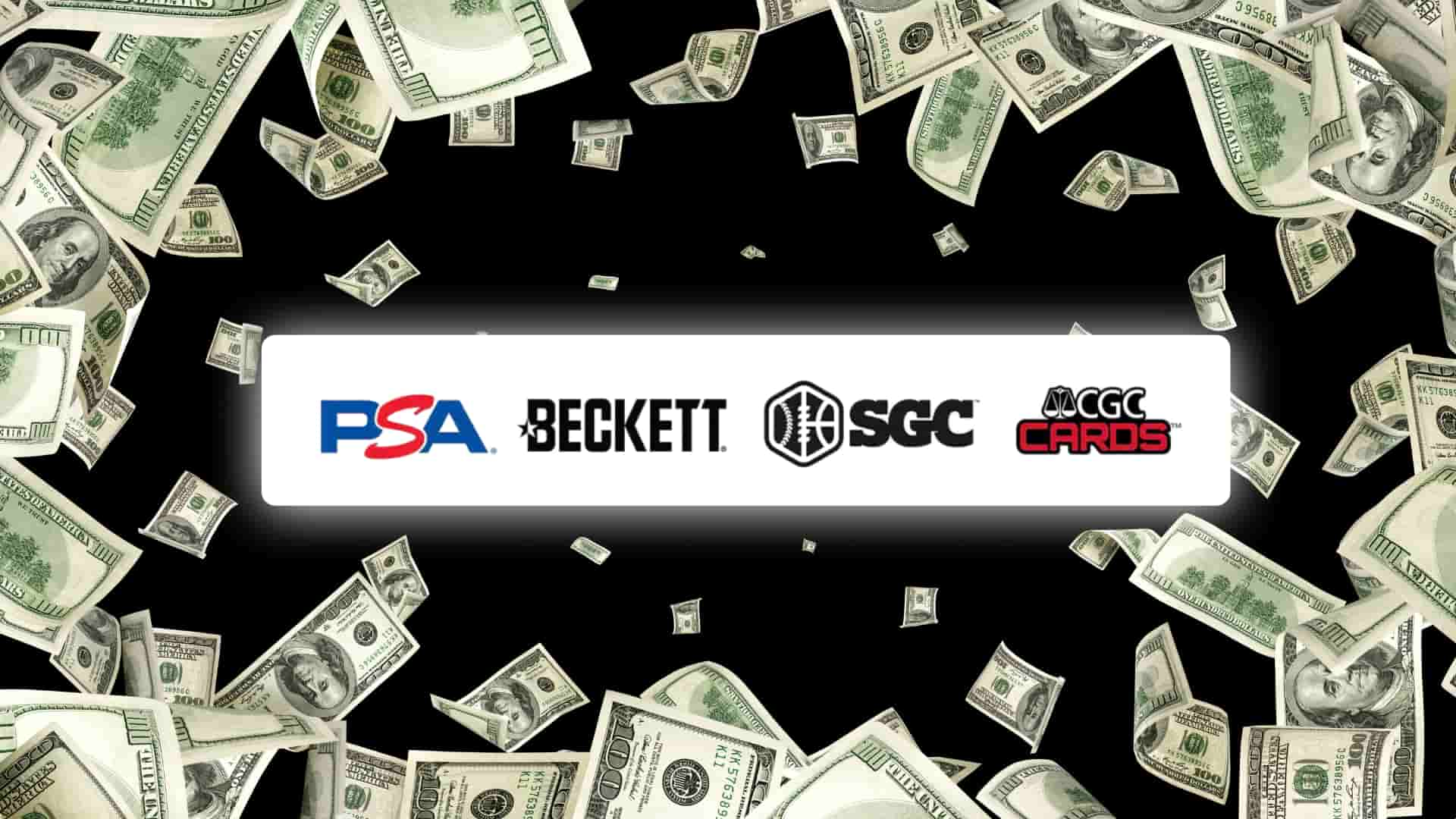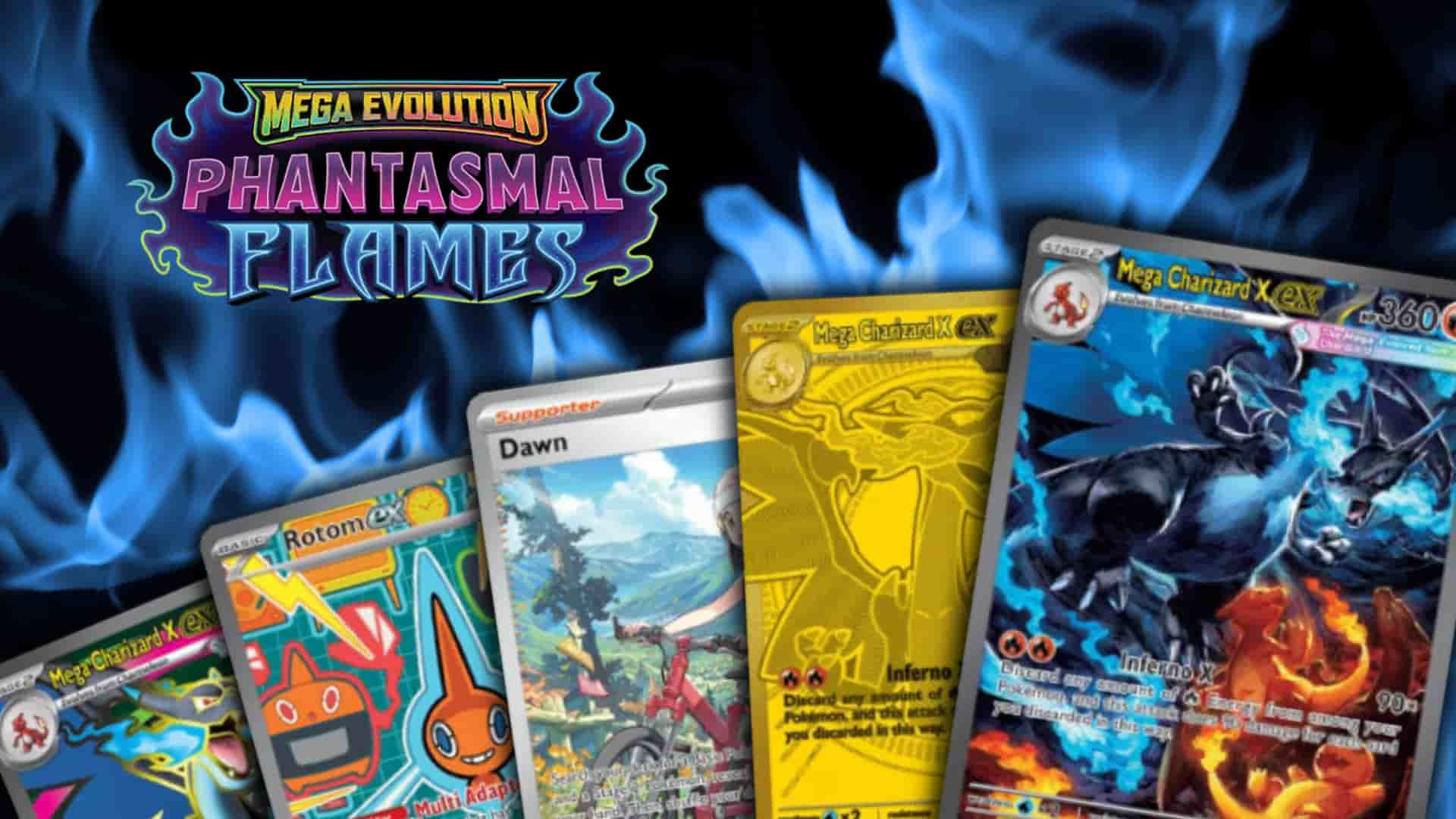Ever scrolled through eBay and seen two PSA 10 Charizards that look almost identical, yet the collecting community treats them worlds apart? One, with a certification number starting with a “2,” gets called a “weak 10.” The other, with a shiny new “9” at the start of its cert, is praised as a “strong copy” and sparks a bidding war.
If you’re confused, you’re not alone. On the surface, a PSA 10 is a PSA 10. But for savvy collectors and investors, the year a card was graded can mean everything. This isn’t just snobbery; it’s a smart reaction to how the grading game has evolved. Think of it like this: the Pokémon TCG has grown from a playground hobby into a serious market, and the standards for what makes a “perfect” card have gotten much, much tougher. For those new to the hobby, it can feel like learning a new language full of specific terms.
Let’s break down exactly why a newer slab from PSA is often the preferred choice.
Reason 1: The Grading Gauntlet Got Tougher
This is the heart of the matter. The community consensus on Reddit’s PokeInvesting thread is overwhelming—many collectors believe that cards graded a decade ago as PSA 10s might only receive an 8 under today’s stricter standards.
This isn’t just a feeling; there’s proof. For years, PSA’s official rules for a Gem Mint 10 allowed for centering to be off by a ratio of up to “60/40 percent on the front.” Recently, PSA quietly updated its site. The new rule? A much stricter “55/45 percent on the front.”
When asked, PSA representatives called this a “language clean-up,” admitting it’s how they’d “been operating for a very long time.” This confirms what collectors already suspected: the bar has been raised. A newer PSA 10 has survived a tougher trial by fire, giving buyers more confidence that it’s a truly pristine card based on modern Pokémon card conditions explained.
This also affects the overall population of high-grade cards, as seen in the Top 100 Pokémon Cards With the Most PSA 10 Grade list.

Track Your TCG Collection
Create your free Card Codex account to monitor card prices, view real-time market trends, and analyse your portfolio’s growth.
Start Tracking Now — It’s FreeReason 2: The Slabs Evolved Like a Starter Pokémon
The plastic case, or “slab,” that holds the card has gone through its own evolution, getting stronger and smarter with each new generation.
The early slabs from the ’90s and 2000s were simple. But as Pokémon cards exploded in value, so did the incentive for fakes and tampering. PSA had to level up its security. Around 2017, they rolled out a massive upgrade that marks the real dividing line for many collectors.
These modern slabs are like Fort Knox for your cardboard, featuring:
- A “Lighthouse” Hologram: A special logo on the label with an on/off effect that’s tough to fake.
- Fugitive Ink: The wavy background pattern will wash away if someone tries to use chemicals to alter the label, leaving behind obvious evidence of tampering.
- UV Watermarks: Hidden PSA logos that only appear under a blacklight.
- QR Codes: A scannable code on the back that instantly takes you to the card’s page in PSA’s database.
When you buy a newer cert, you’re not just buying the card; you’re buying peace of mind that comes with these advanced security features.
Reason 3: Seeing Is Believing, Thanks to High-Res Scans
This might be the biggest game-changer of all. For newer certifications (generally those with numbers in the 65,000,000s and up), PSA began including high-resolution scans of the front and back of the actual card in their online database.
Before this, buying an old-cert card online was a leap of faith. You had to trust the seller’s photos. Now, you can scan the QR code and see PSA’s official images. This lets you do two crucial things:
- Verify Authenticity: You can match the unique holo pattern or print dots on the card for sale to the one in the database, confirming it’s the exact same card.
- Judge for Yourself: You can zoom in and examine the centering, corners, and surface, deciding if the card meets your personal standards.
This feature has fundamentally changed the market from a trust-based system to a verifiable one, and it’s a huge reason why collectors are willing to pay more for that transparency. It has empowered the collector’s mantra: “buy the card, not the grade.”
What This All Means for Your Wallet
This preference isn’t just talk; it shows up in the prices, directly influencing what makes a Pokémon card valuable. Market analysis suggests newer certs for vintage cards can command a price premium of around 2.5% to 5% over older ones with the same grade. For cards where the quality difference is obvious, that premium can be much higher.
It also affects how easily a card sells. Collectors often report that slabs with old certification numbers are simply harder to move, and buyers will often ask for a discount to account for the perceived risk.
Is There Any Love Left for Old Slabs?
Absolutely! While investors tend to lean toward new certs, a dedicated group of collectors loves the classic look.
For some, an old slab is a piece of history. Owning a card in a “period-correct” holder from the era it was released has a special, nostalgic appeal. A super low certification number is like a timestamp, proving that card was part of the hobby’s early days.
There’s also a scarcity argument. If today’s standards are so tough that very few vintage cards can get a PSA 10, then the existing population of old-cert 10s becomes a finite group that can’t be easily added to.
You might be thinking, “Why not just send an old slab back to PSA to be put in a new case?” This is called a “re-holder,” but it’s not a perfect solution. The card keeps its original, old certification number, which is the source of the market’s skepticism. More importantly, PSA reserves the right to review the card. If they decide it no longer meets the original grade’s standards, they can—and will—give it a lower grade. For a high-value card, that’s a risk few are willing to take.
The shift towards newer PSA certifications isn’t a fad. It’s the sign of a maturing market that values security, transparency, and verifiable quality. Collectors are more educated than ever, and they’re demanding more than just a number on a label. The “old cert vs. new cert” debate shows that the story of when and how a card was graded has become just as important as the grade itself.
While PSA remains a trusted grader, a serious issue has surfaced: scammers using heat guns. and even bottle openers to open slabs, switch cards, and reseal them without cracks or visible signs of tampering…







